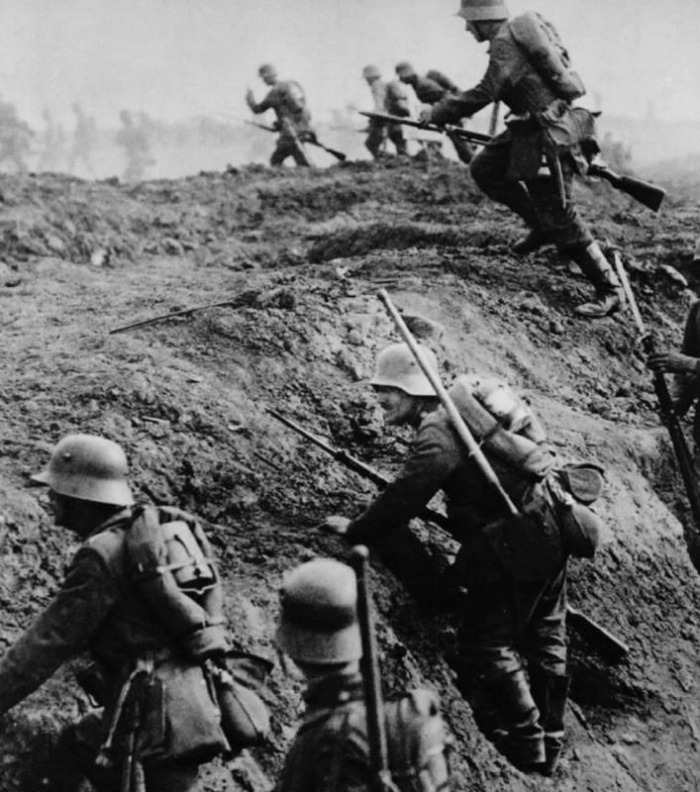
The city of Verdun was chosen for its political, cultural, and historical elements, while also being located close to the German-controlled railway at Metz, which meant a battle in the vicinity would be well-supplied. Falkenhayn concluded that Germany must persuade France to attack prepared defensive positions, which would achieve an advantageous kill ratio for the defending Germans. Those in defensive positions held the upper hand and could impose huge losses with limited means. As noted from previous battles, offensive operations rarely benefitted the attackers in terms of the ratio of territory gained to lives lost. In order to achieve this, he envisioned a kill zone on an unprecedented scale, enforced by a massive artillery concentration. 6įalkenhayn’s strategy was to force France to sue for peace, independent of England. Targeting France was viewed as knocking England’s “best sword” from their hands. By attacking France separately and forcing them from the war, he surmised that Britain would be no match for Germany, who would then push the enemy off the European continent. Believing that Russia’s internal struggles would “compel them to give in within a short period,” 5 Falkenhayn focused his attention upon France. In order to defeat Britain, Falkenhayn had to first direct his forces against one of their allies. 3 He concluded that squaring off against Britain and France on the field would play into Lord Kitchener’s strategy of a “war of exhaustion,” 4 which Germany was keen to avoid. Falkenhayn saw Britain as Germany’s true arch nemesis, one that used Russia and France as projected British weapons on the European continent. 2 Instead, Falkenhayn believed that separating Germany’s enemies would enable them to secure victory, albeit a negotiated victory. General Erich Georg Anton von Falkenhayn, Chief of the German General Staff, September 1914-29 August 1916.Īround that time, Falkenhayn briefed Kaiser Wilhelm II that a mass breakthrough of the enemy’s lines was beyond Germany’s means. Fortunately for Germany, both their East and West fronts had stabilised by the end of 1915. The deadlock only moved mere metres in some sectors, while combatants suffered incredible casualties. Afterwards, the Western Front essentially came to a standstill. The Schlieffen Plan relied upon momentum, and when Germany’s forces halted short of its objective, von Moltke, who failed to maintain control during this decisive movement, was replaced as the Chief of the Imperial German General Staff with General Erich von Falkenhayn. The scheme had indeed showed promise, but had been stopped during the Battle of the Marne in September 1914. The plan was the brainchild of Field Marshal Alfred von Schlieffen, Chief of the Imperial German General Staff prior to the First World War, and was carried forward by his successor, General Helmuth von Moltke. Introductionįrom the onset of the First World War, Germany had planned a swift manoeuvre strategy against both France and Britain, implementing the “Schlieffen Plan,” which aimed to encircle the enemy’s forces in a grand sweeping movement. He is currently enrolled in the Division of Continuing Studies at the Royal Military College of Canada, and, with the support of his loving wife Candace, is completing the Bachelor of Military Arts and Science program.

Turner is a Gun Detachment Commander in the 2 nd Regiment, Royal Canadian Horse Artillery, based in Petawawa, Ontario. For more information on accessing this file, please visit our help page.


 0 kommentar(er)
0 kommentar(er)
